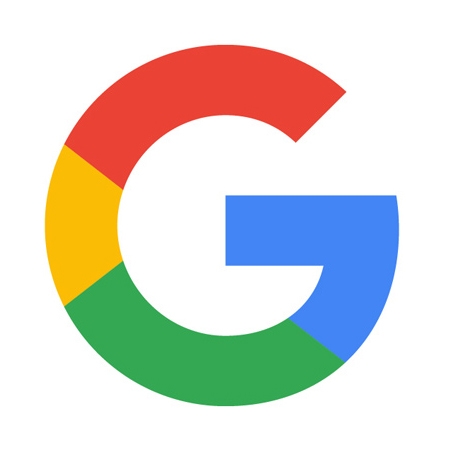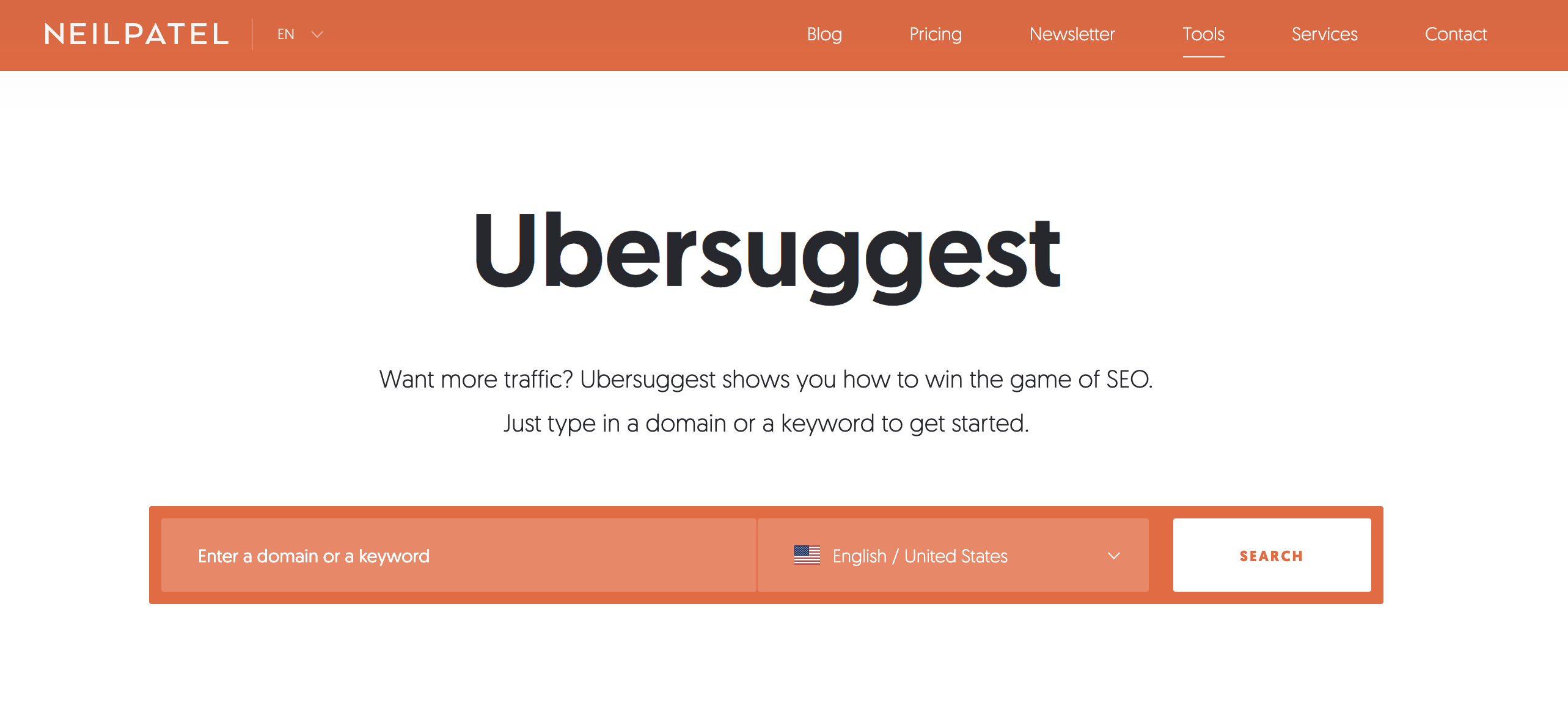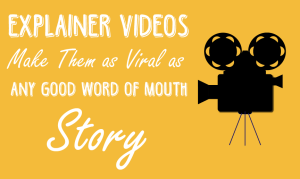Search Engine Optimization is not an easy thing to do in today’s competitive market.
After reviewing our online posts and interests from our NerBrand audience on SEO, we’ve combined all our previous posts on SEO in this article.
What Is SEO?
Online Stores and SEO
There are a lot of choices to fire up an online store. At NerdBrand we have one we recommend. WooCommerce by WordPress. With over 3 million installations (WordPress websites) using it, you cannot ignore it.

Creating an eCommerce store so that your business can sell online is becoming a sought after. In the current climate, businesses must adapt. It’s no longer something to be put off for later. But choosing the right one early can save you money. Especially if you plan to market and optimize for SEO your store. And without paying for another monthly app.
Why WordPress?
WordPress has over 65% market share of all CMS’s (Content Management System) and over 35% of websites online use it. It’s a strategic tool for marketers and website managers. If you are a content specialist you already prefer WordPress. However, we recommend custom themes, instead of commercial. Commercial themes target mass sales and aren’t industry-specific.

Shopify is a closed end-to-end system for online sales. However, we’ve found that WordPress can make for a stronger eCommerce strategy. When implemented, WordPress is the platform for your informational content. As well as where your conversions will happen.
Long Form Content
So how do you get Google to like your website content for a set of keywords? Well, one way is looking into creating Long-Form Content.
But if you have limited resources, you should invest time in this. Long content is a strategy to create a massive piece of content. Such as a video, blog posts, or images, that can be stretched out to micro-content. Smaller chunks essentially for sharing on social media. Then to point back to your pillar pages.
Topic Cluster
Start with the topic cluster approach. It’s the idea of creating content that points users toward a page that has more information. Thus has calls-to-action (CTA) on it.
So start creating a pillar page on the target topic. It’s going to be over 1,000 words, so no shortcuts creating this for starting on SEO.
This is an ultimate resource for your audience and is highly valuable. Optimizing this page for SEO is to make it a target of your backlink acquisition efforts. Those that are in your website (on-site), and off-site.
Pillar Content
Create about 6-12 blog posts that link to this pillar page, and make sure the pillar page links back to them. These articles, or blog posts, should contain words in your links. Such as, “read also (key search term here)” or “you may also like (your key search term here).”
This type of content is of course related to the topic of the pillar page. This expands on the information that’s been provided.
Now, promote the pillar page
Send it to your email list as a newsletter and use each post to be a new episode of your newsletter.
Social media gets readers to include backlinks to your articles. These readers will also go through the related blog posts. Thus stay engaged on your website, increasing the time per session. Google loves seeing this signal – Dwell time.
What Google Likes
Google measures engagement, relevance, and trust of the information available on your website. Quality backlinks bring authority to your pages. This will influence your blog’s articles’ ability to rank.

Google wants to see that people like your website for the keywords you’re targeting on the pillar page. These blog posts are not easy to write. So you’ll need a content writer that is a professional, and familiar with your topics. Look for a copywriter, not an SEO copywriter.
You can repurpose this pillar page into a content offer like an eBook later. Or create an email course or video series. The possibilities are almost endless. You can nurture readers using the blogs as a touchpoint. It builds an audience for inbound marketing.
Frequently write on a basis you can manage. Don’t set a goal that you cannot meet. One pillar page and supporting blog posts every 3 months should do. You can easily scale and optimize this kind of implementation.
Formatting matter for the reader and SEO
Formatting your articles, images, videos, and technical SEO implementation are important.

If you’ve got a WordPress website, then install an SEO plugin. But that’s not the end of fixing your SEO problems. It will show you your mistakes and gaps.
You need to know that you’re focusing on the words that people actually search for. Otherwise, you’re optimizing for a term nobody uses. You can rank number one, but you still won’t have any traffic.
Fix your SEO problems first
A lot of work in research and development for discovering what works best for you. I would start with Ubersuggest. Start with your domain or a competitor. It’s free and easy.

SEO is not a set and forget it fix. It takes extra effort and knowledge about the search engines, and the plugin to get the most out of it. Also, your competition is spending time and money. All to constantly to get above you in the rankings.
Researching what your readers want requires getting into their heads. It’s like the CSI shows that mom still watches. It takes more than 10 minutes to figure this out, but there is a lot of hard work, and time required to do it well. Without knowing who is already showing up, how can you write for them or those you want to show up?
That’s what a healthy CTR (Click-Thru-Rate) can do for you.
We can audit your content and tell you where you rank, and offer help to adjust it. It’s not a quick fix. Writing is an art, but writing solely for the search engine won’t work either. Remember it’s always about the readers.
There’s no such thing as “SEO Content”
If you are struggling with SEO problems, then you could have a content problem. The search engine ranks not merely based on having words, and images on the page. But rather if that content is intriguing and useful.
As users click on the result more, the more you can rank for the terms your article is about.
Content has to be easily read, and written in a way that is not like, “the other guys,” out there. Make it interesting and useful. Even if you feel it’s too much copy, you would be surprised by what your readers engage with.
Content is optimized for them, not the Google Bot.
Link it up!
Once you get to writing awesome content to start linking up to other articles and pages on your site.
Even give credit to sites you are referencing in your content by linking to them. They may link back! Plus, it’s just goodwill and gives the original author proper credit for the quotes you’ve added to your website.
Sadly, much of the content being published is simply not worth linking to. 75% of it is getting zero inbound links. So forget the “more is better” approach to content if you want links. Go with quality instead. Your content will generate links only if it is truly exceptional— “remarkable,” as Seth Godin would say.” – Brian Sutter, Forbes.com
Digital & Social Articles on Business 2 Community
(70)










